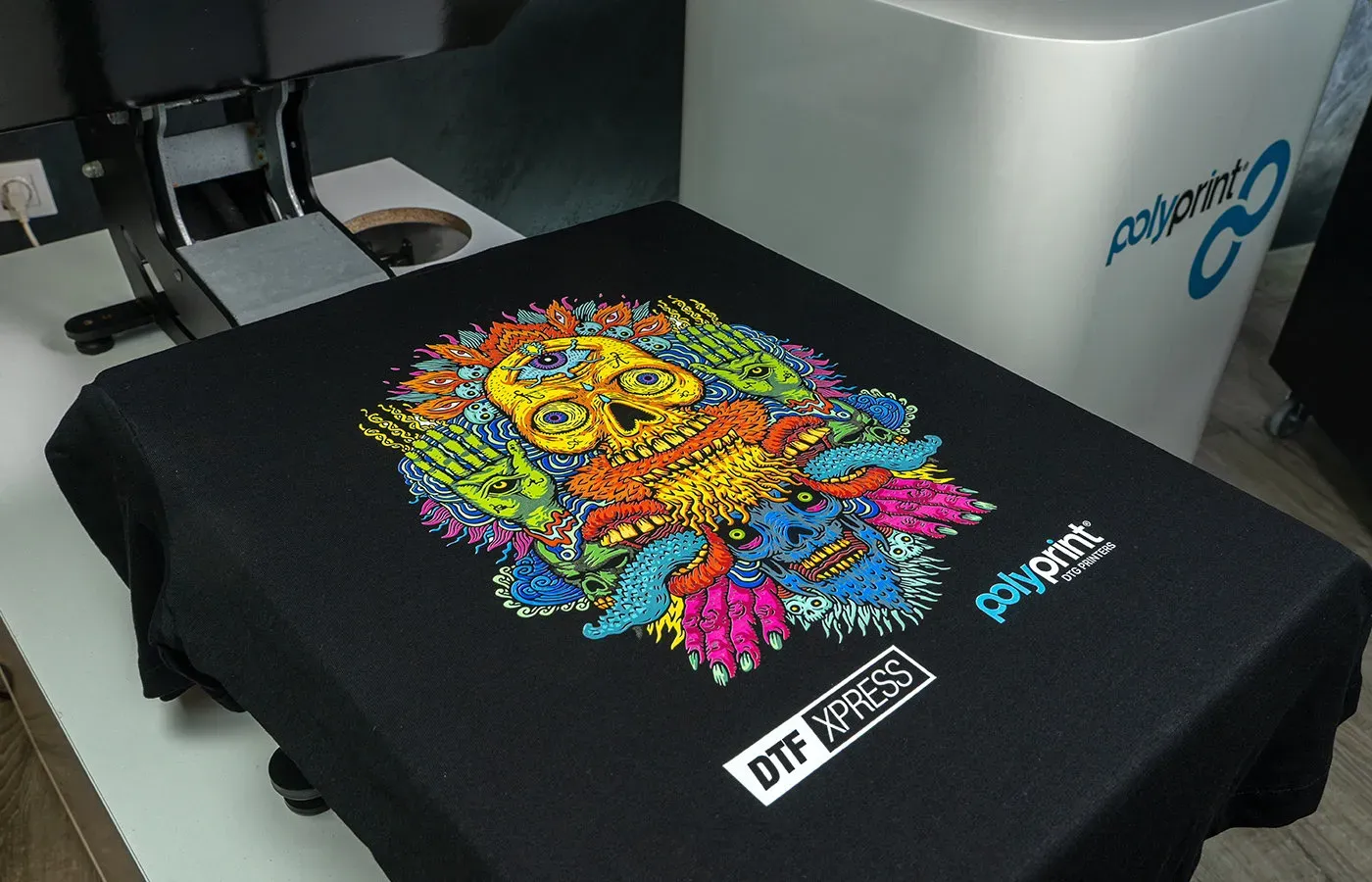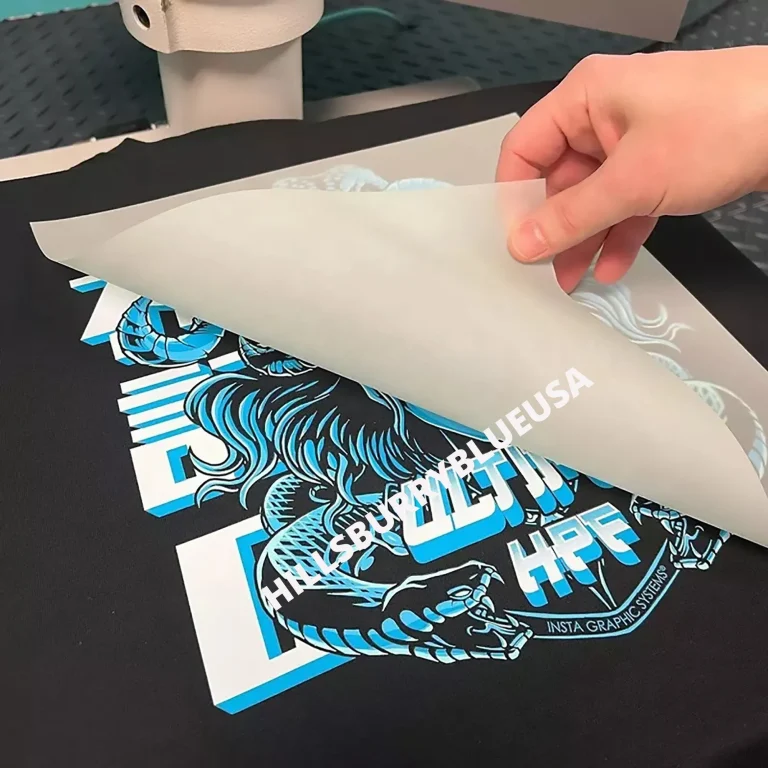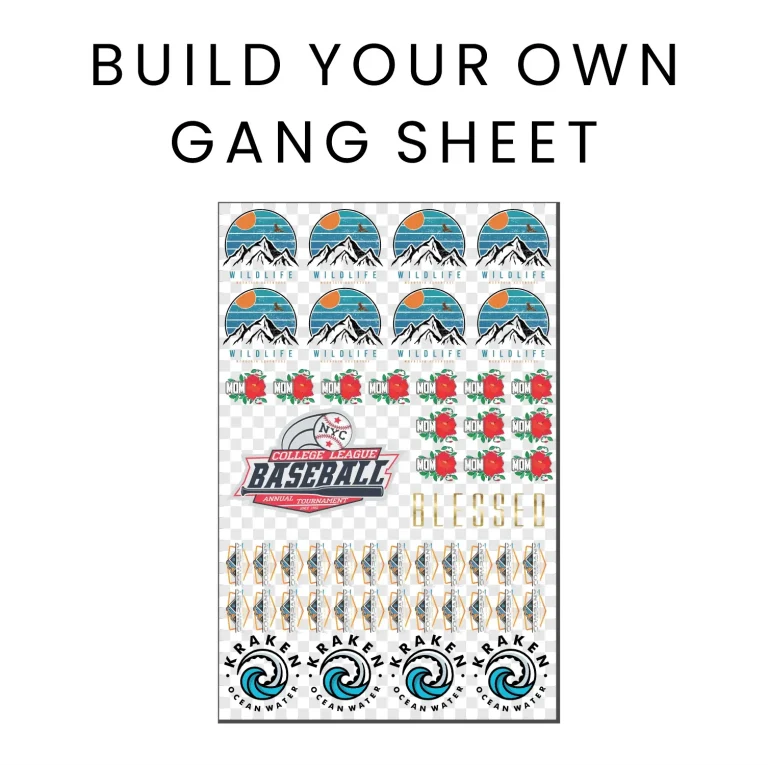DTF printing, or Direct-to-Film printing, is revolutionizing the way fashion designers create and produce garments, merging the worlds of creativity and technology. This innovative printing method offers designers unprecedented opportunities to enhance their artistry while streamlining production processes, making it easier to meet the rapid demands of the fashion industry. As sustainability becomes a pivotal factor in consumer decisions, DTF printing stands out for its eco-friendly practices, ensuring that brands can align with the principles of sustainable fashion. Furthermore, the ability to customize and personalize designs at scale allows brands to cater to individual consumer preferences, making DTF an essential tool in today’s fashion landscape. With the rise of fashion technology driven by DTF printing, designers are empowered to produce high-quality, vibrant prints that resonate with modern consumers and push the boundaries of fashion design.
Direct-to-Film (DTF) printing, often hailed as a game-changer in the textile industry, represents a new era in garment production. This technique enables fashion creators to apply intricate designs with remarkable efficiency, bridging the gap between artistic vision and practical implementation. With an increasing focus on eco-conscious strategies, this form of printing supports sustainable fashion initiatives, allowing brands to minimize waste during production. Additionally, the versatility inherent in DTF technology fosters a custom-fit approach in fashion design, reflecting consumers’ desires for unique, personalized clothing. Essentially, DTF printing encapsulates the evolution of fashion technology, offering transformative solutions that shape the future of the industry.
The Emergence of DTF Printing in Fashion Design
In recent years, Direct-to-Film (DTF) printing has emerged as a pivotal technology in the realm of fashion design. Its adoption signifies not just a shift in printing methods, but a broader transformation in how designers conceptualize and bring their ideas to fruition. DTF printing allows for rapid production cycles, enabling designers to produce high-quality textiles quickly. This agility is essential in a fast-paced industry, where trends evolve swiftly, and consumer demand is ever-changing.
Moreover, the versatility of DTF printing accommodates a plethora of fabric types, expanding the creative horizons for fashion designers. From elaborate graphics to multi-color designs, DTF printing opens up new avenues for artistic expression. As designers explore this technology, they discover innovative techniques that enhance traditional fashion design, fostering a culture of creativity and experimentation that resonates with today’s market.
Frequently Asked Questions
What is DTF printing and how does it impact fashion design?
Direct-to-Film (DTF) printing is an innovative technique that transfers vibrant designs onto textiles, changing the landscape of fashion design by streamlining production and enhancing creativity. With DTF printing, fashion designers can produce high-quality outputs faster, allowing for a more responsive approach to ever-changing trends.
How does DTF printing support sustainability in the fashion industry?
DTF printing contributes to sustainability in fashion by producing less waste and utilizing eco-friendly inks compared to traditional printing methods. This environmentally-conscious approach appeals to consumers seeking sustainable fashion options, allowing brands to align with ethical practices while enhancing their market appeal.
What are the advantages of using DTF printing for customized fashion?
DTF printing excels in customization, enabling fashion brands to respond to consumer demands for personalized products. This technology allows designers to create unique graphics and patterns on-demand, fostering individuality and enhancing brand loyalty among consumers who value distinctive fashion statements.
Can DTF printing deliver high-quality outputs for various fabric types?
Yes, DTF printing produces superior quality outputs with vibrant colors and intricate designs suitable for a wide range of fabrics. This quality is crucial in the fashion industry, where visual appeal significantly influences consumer purchasing decisions, ensuring that designs remain fresh and durable after multiple washes.
How does DTF printing enhance production efficiency for fashion designers?
DTF printing streamlines the production process, significantly reducing the time required for setup and sample production compared to traditional screen printing. This efficiency allows fashion designers to create products faster, adapt to trends quickly, and maintain a competitive edge in the rapidly evolving fashion landscape.
What market trends are driving the growth of DTF printing in fashion technology?
The growth of DTF printing is driven by increasing awareness of its advantages, such as efficiency and high-quality outputs, and innovations in printing technology. As more fashion brands adopt DTF solutions, especially smaller enterprises leveraging cost-effective products, the market is expected to expand, fostering innovation in fashion design.
| Key Points | Description |
|---|---|
| DTF Printing Overview | DTF printing is revolutionizing fashion design by enhancing creativity, efficiency, and sustainability. |
| Efficiency in Production | Allows for faster production, enabling designers to quickly respond to fashion trends and reduce time to market. |
| High-Quality Outputs | Produces vibrant colors and intricate designs that enhance visual appeal and durability of garments. |
| Customization and Personalization | Enables brands to offer personalized options at scale, catering to individual consumer tastes. |
| Sustainability Considerations | Generates less waste and uses eco-friendlier materials compared to traditional methods, aligning with consumer preference for ethical fashion. |
| Market Growth and Innovation | Increasing adoption by brands and ongoing technological advancements are driving the sector towards expansion. |
Summary
DTF printing is changing the landscape of fashion design by providing a revolutionary approach that enhances efficiency, quality, and personalization while addressing sustainability concerns. This innovative technology allows designers to produce vibrant and intricate designs quickly, aligning with the fast-paced nature of the fashion industry. Moreover, it enables brands to meet the growing consumer demand for unique and customized fashion items, further strengthening brand loyalty. As the market for DTF printing continues to grow, it is clear that this technology will play a pivotal role in shaping the future of fashion design.







